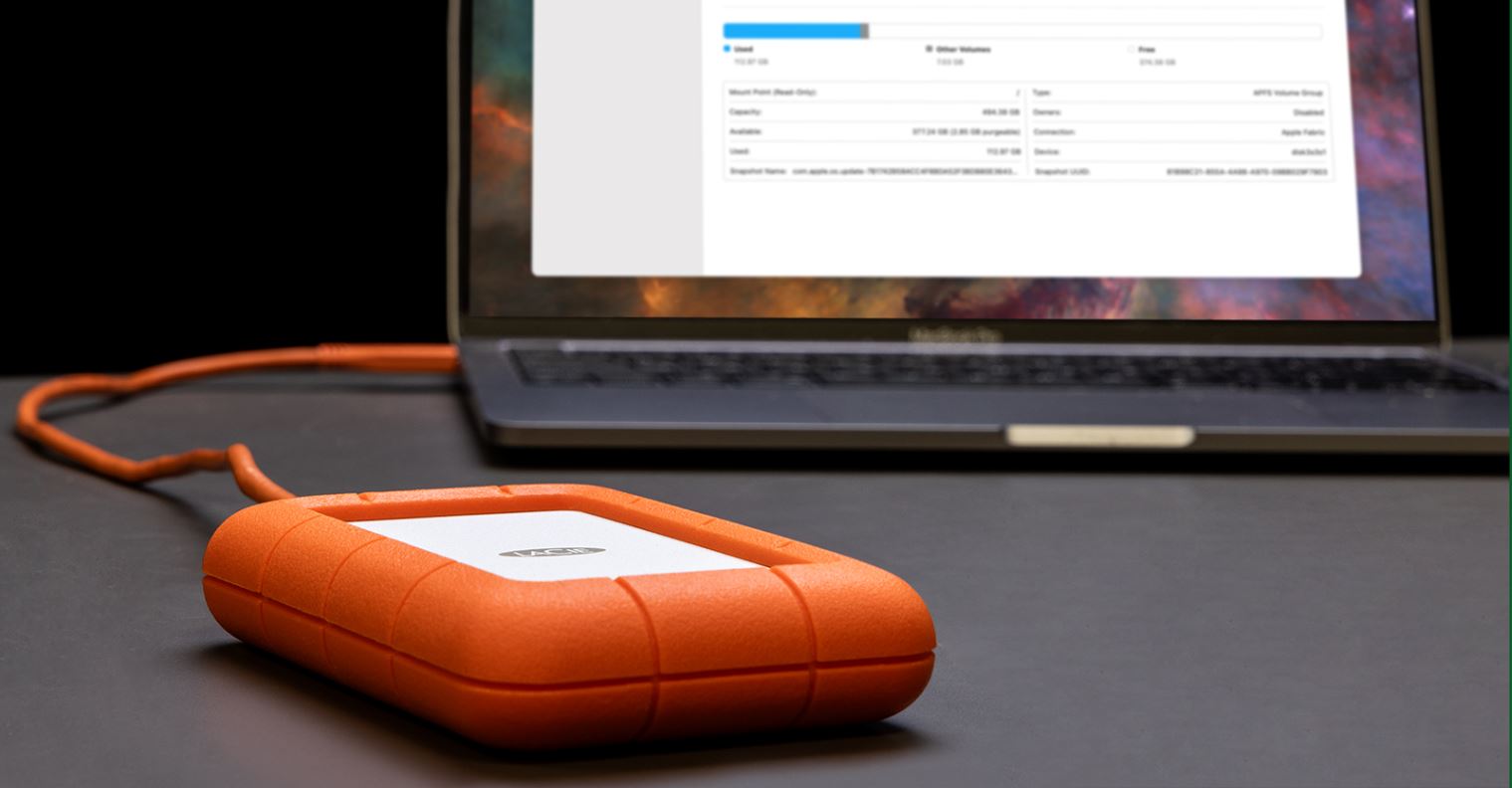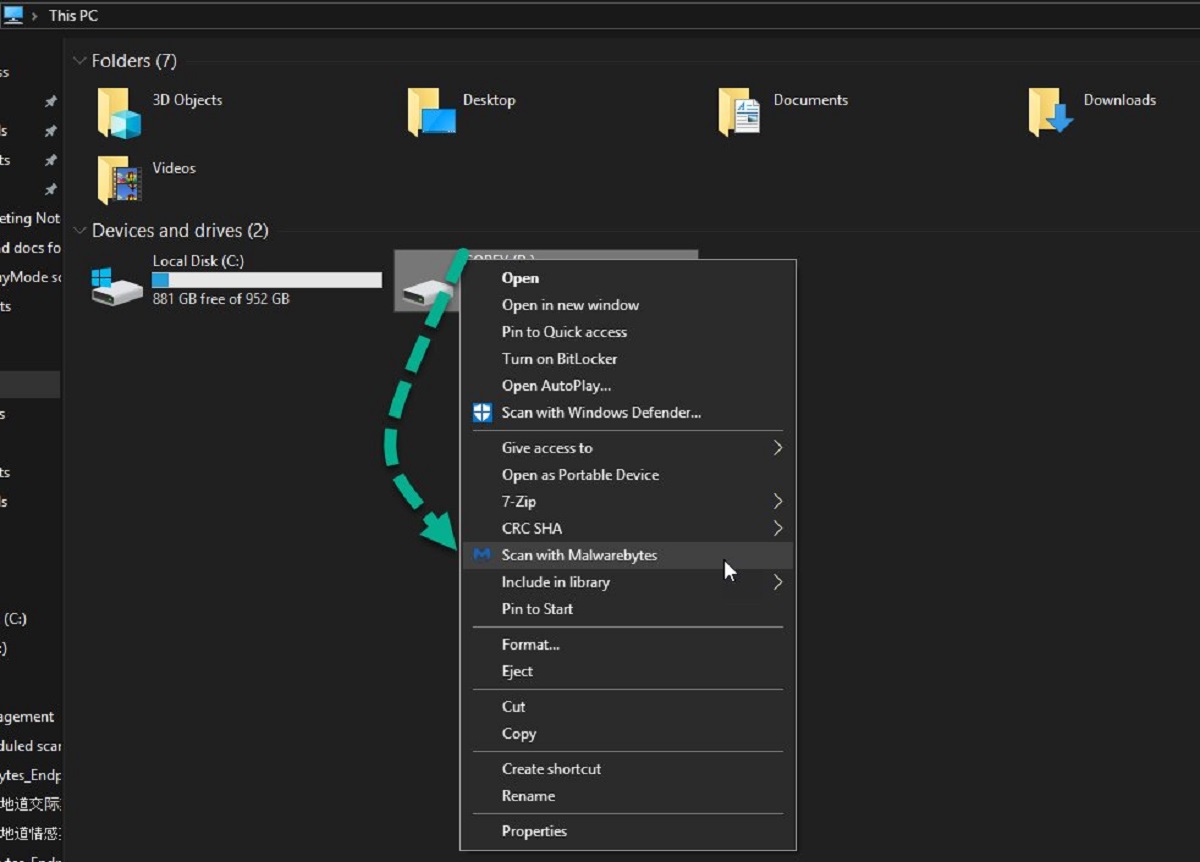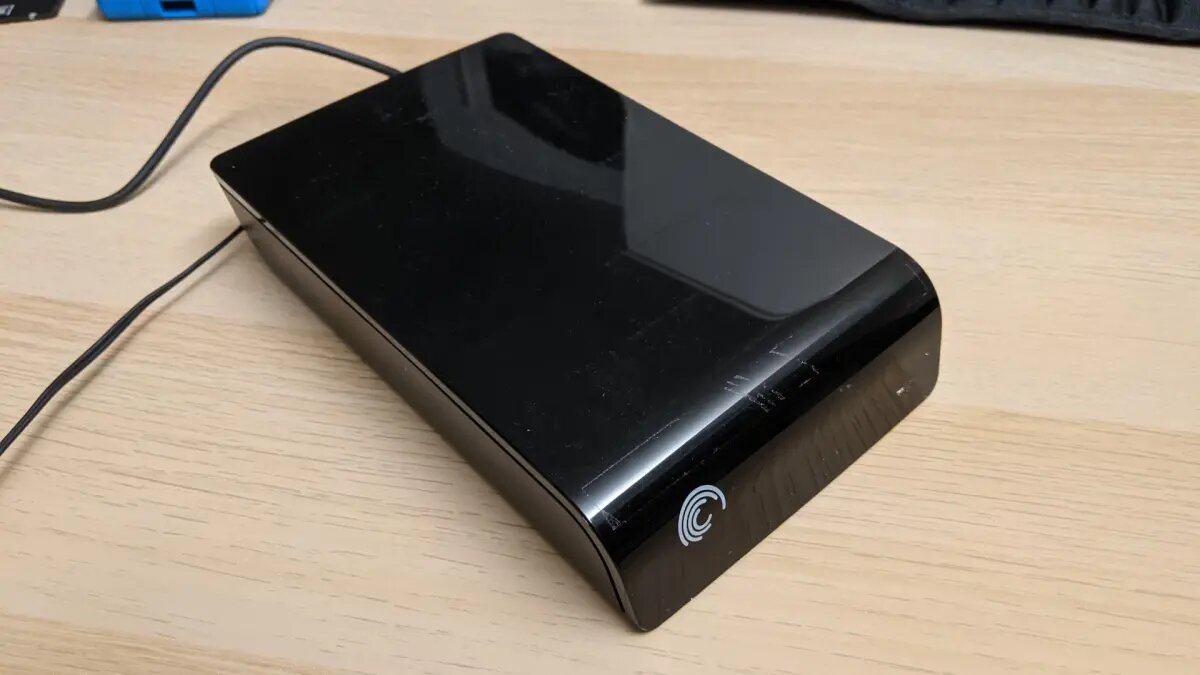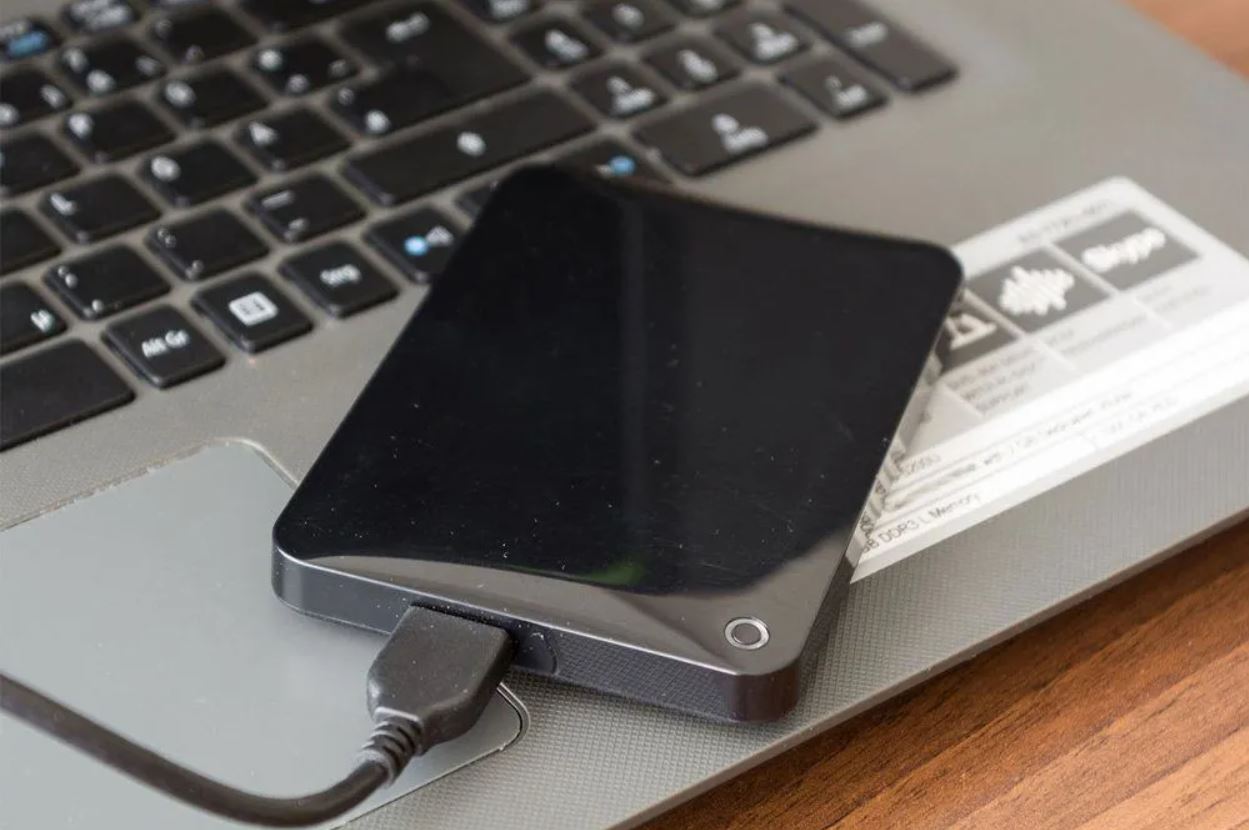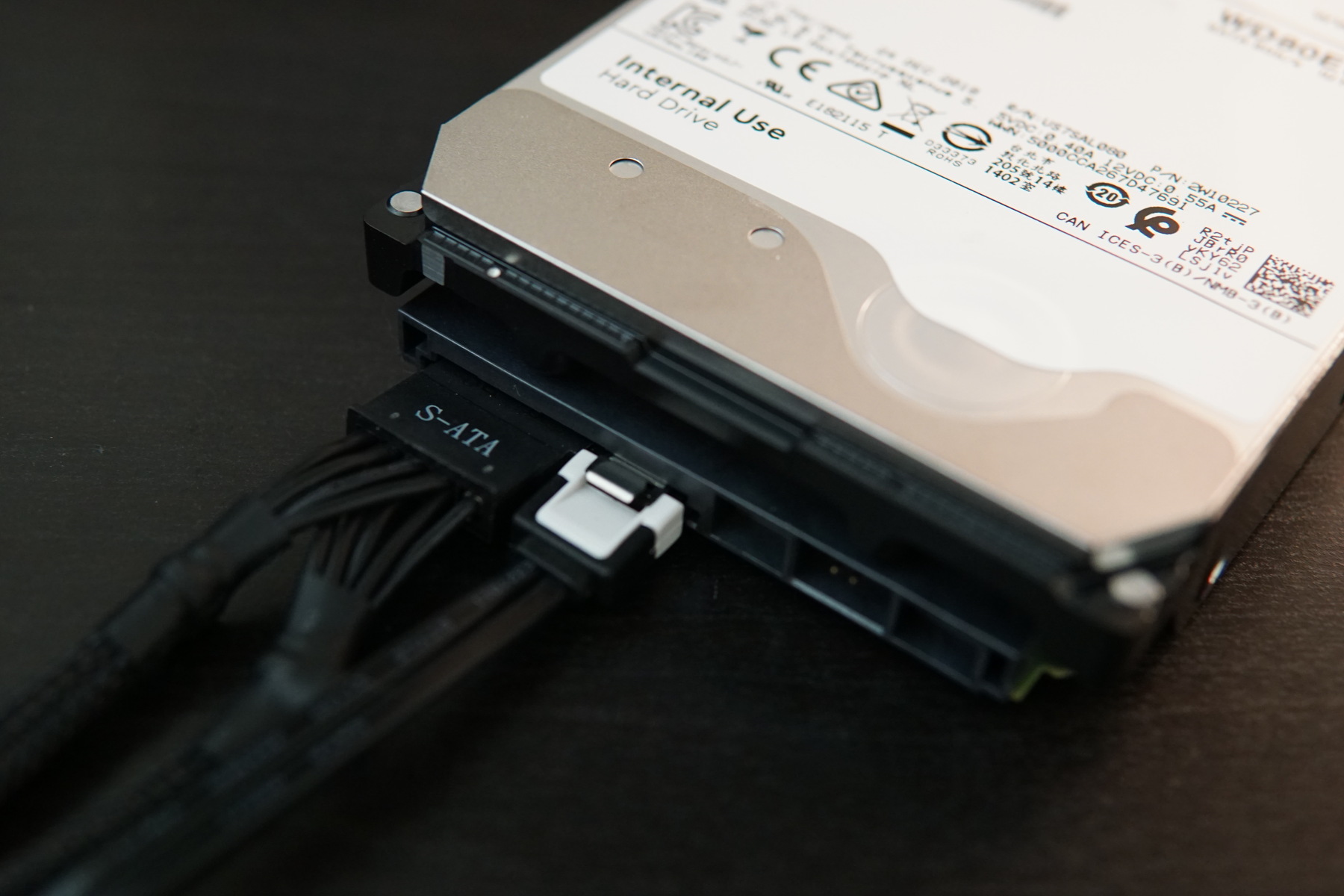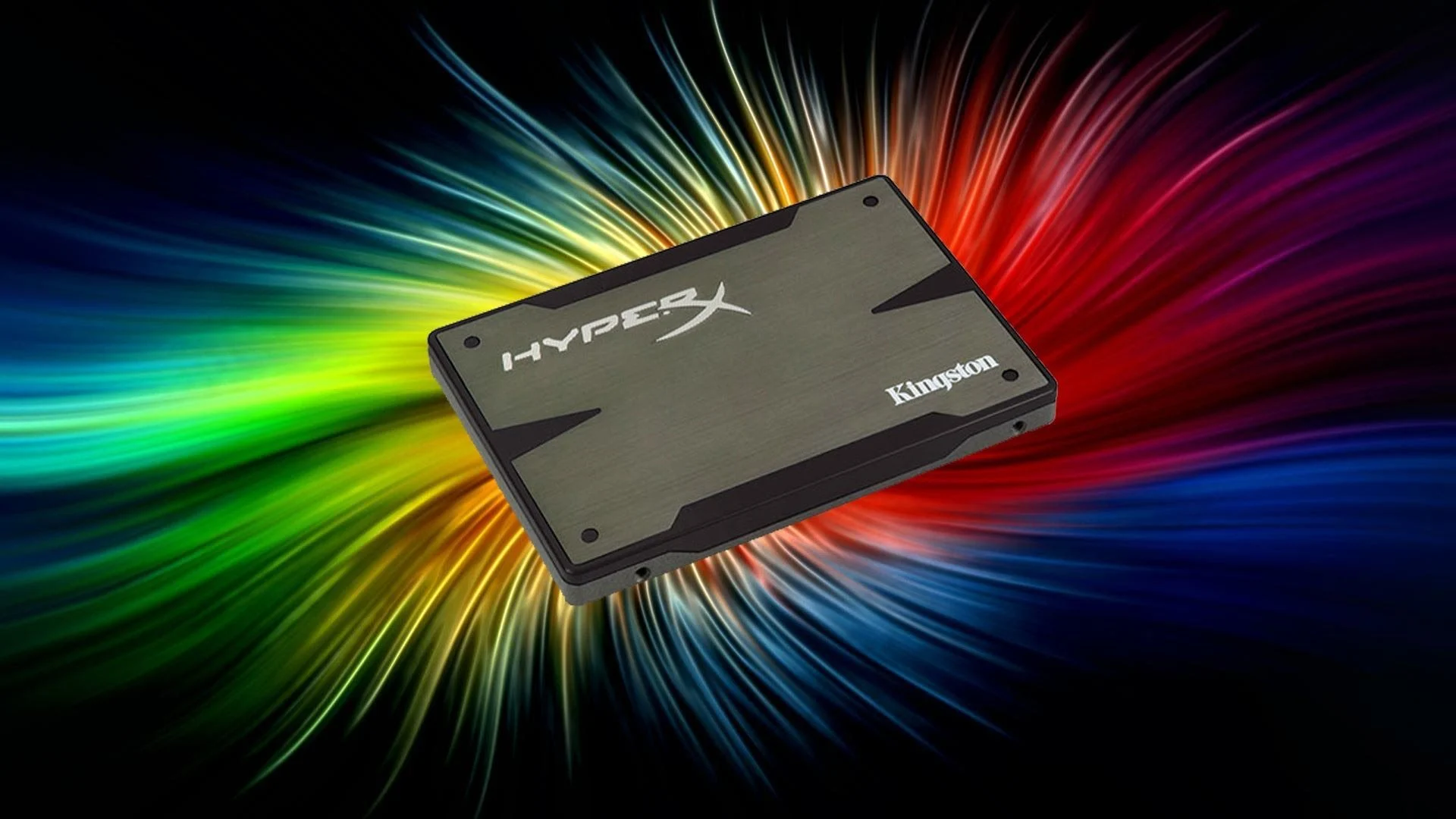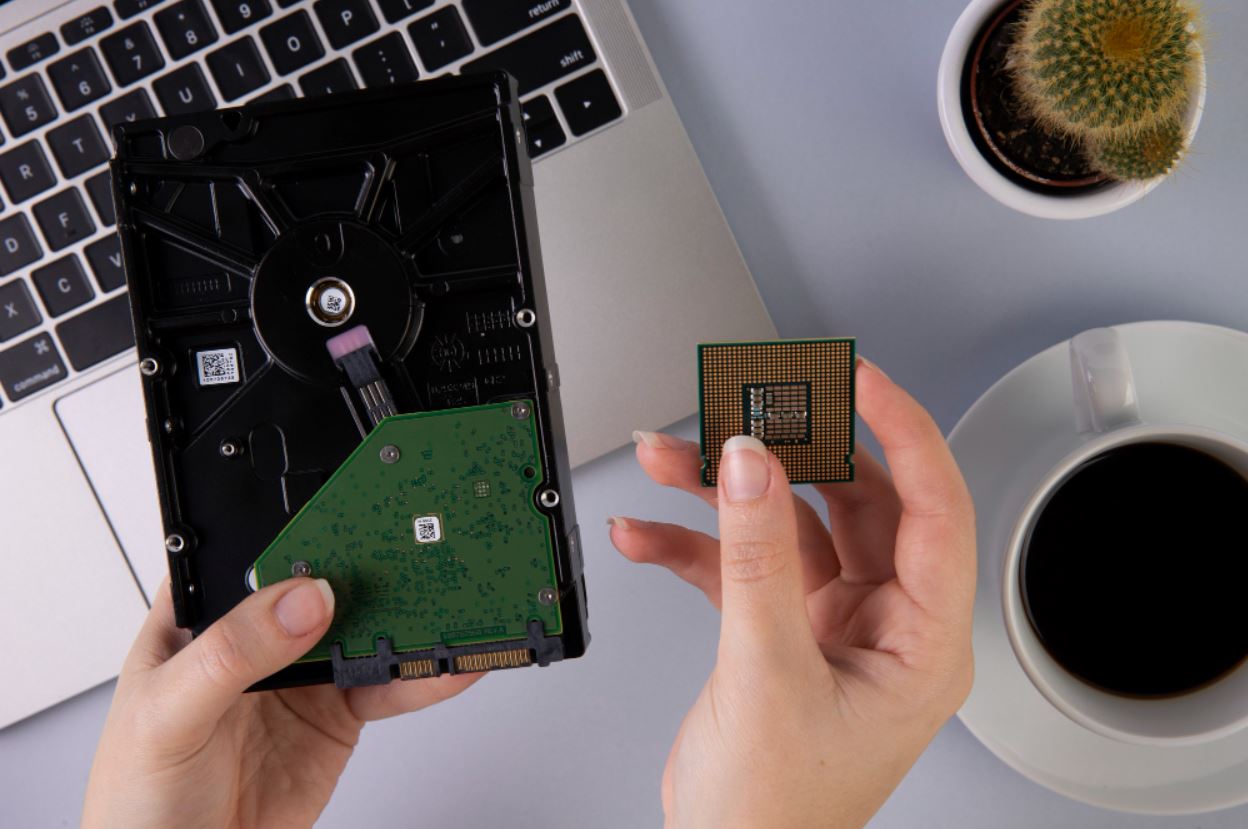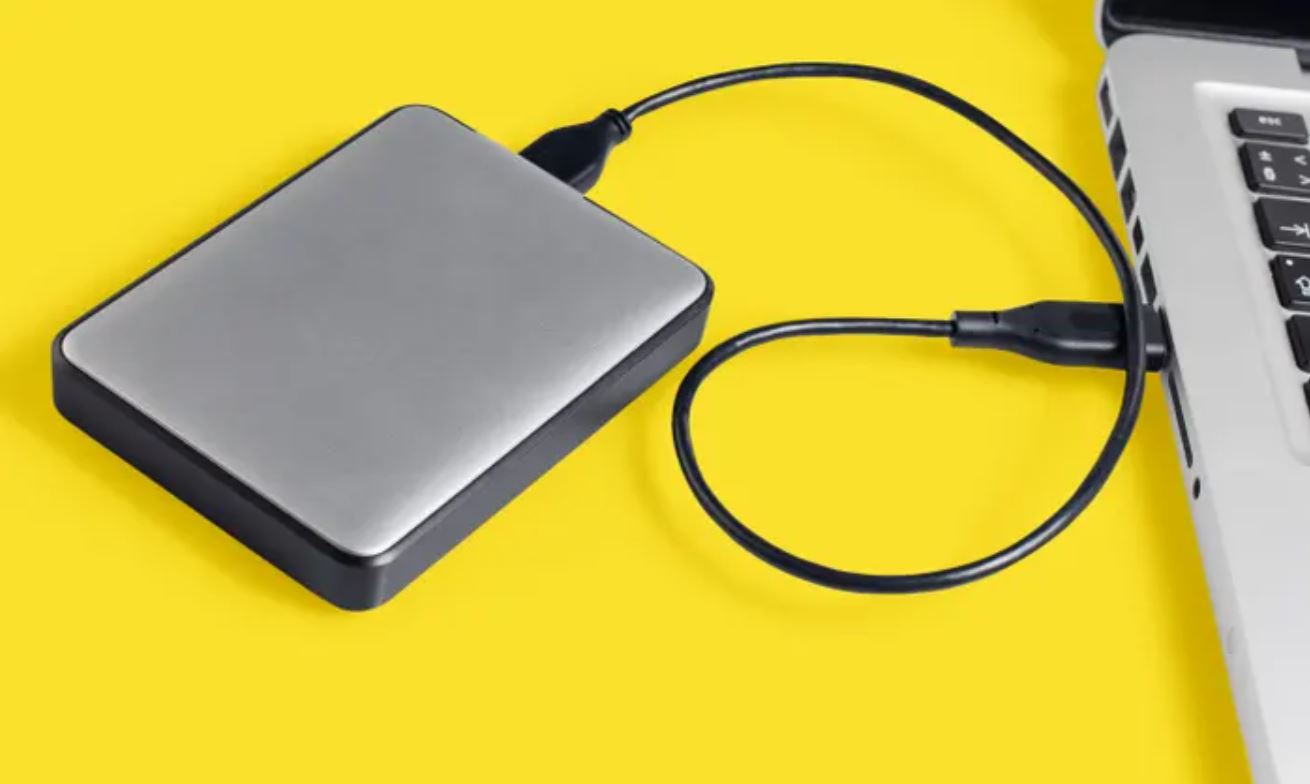Introduction
Welcome to the modern age, where we rely heavily on external hard drives to store and manage our ever-increasing digital data. Whether it’s for work, personal projects, or simply keeping backups of precious memories, external hard drives are a crucial piece of technology. However, have you ever wondered which programs are using your external hard drive and potentially slowing it down?
In this article, we will explore various methods to find out what programs are utilizing your external hard drive. By identifying these programs, you can take informed actions to optimize your system’s performance and ensure your files are accessible when you need them most.
While different operating systems have their own native tools and methods, we will cover the most commonly used ones for macOS and Windows. Additionally, we will mention some third-party applications that can provide even more in-depth monitoring of your external hard drive usage.
So, if you’re ready to unravel the mystery of which programs are using your external hard drive, let’s dive right in and explore the methods that can help you gain insights into your system’s activities!
Checking the Activity Monitor on Mac
If you’re using a Mac, one of the easiest ways to determine which programs are utilizing your external hard drive is by using the built-in Activity Monitor. The Activity Monitor provides a comprehensive overview of all active processes on your system, including those accessing your external hard drive.
To access the Activity Monitor, simply follow these steps:
- Launch the Finder by clicking on the magnifying glass icon in the top-right corner of your screen.
- In the search bar, type “Activity Monitor” and press Enter.
- The Activity Monitor application will open, displaying a list of active processes.
- Click on the “Disk” tab at the top to sort the processes based on their disk activity.
- Look for processes with high “Data read” or “Data write” values. These indicate programs that are actively using your external hard drive.
By analyzing the processes listed in the Activity Monitor, you can identify the programs that are accessing your external hard drive. This information allows you to determine if any unnecessary or resource-intensive applications are causing excessive disk activity.
It’s important to note that the Activity Monitor provides real-time information, so you can keep an eye on the disk activity and monitor changes as you open or close different applications. This makes it a valuable tool in identifying which programs are utilizing your external hard drive at any given moment.
Now that we’ve covered how to use the Activity Monitor on a Mac, let’s explore how you can check for program usage on a Windows system in the next section.
Using the Task Manager on Windows
For Windows users, the Task Manager is the go-to tool for monitoring and managing running processes. It provides detailed information about the programs and services running on your system, including their disk activity on external hard drives.
To open the Task Manager in Windows, you can follow these steps:
- Press the Ctrl + Shift + Esc keys simultaneously on your keyboard.
- The Task Manager window will appear, displaying the currently running processes and applications.
- Click on the “Disk” tab to view the processes that are actively using your external hard drive.
- Look for programs with high “Read” or “Write” values in the “Disk Activity” section. These indicate heavy disk usage and programs that are accessing your external hard drive.
By analyzing the processes listed in the Task Manager, you can identify which programs are utilizing your external hard drive. This can help you pinpoint any resource-intensive applications or potential culprits that may be affecting the performance of your external drive.
Similar to the Activity Monitor on Mac, the Task Manager provides real-time data, allowing you to monitor changes in disk activity as you open and close different programs. This feature is especially useful when you want to identify which programs are actively using your external hard drive at any given time.
Now that you know how to use the Task Manager on Windows, let’s explore an alternative method using the Command Prompt in the next section.
Command Prompt on Windows
If you prefer using the command line interface, Windows provides a powerful tool called Command Prompt that allows you to check which programs are utilizing your external hard drive. This method can be especially helpful if you’re comfortable with command-line commands and want a quick way to retrieve disk activity information.
To use the Command Prompt to check external hard drive usage, follow these steps:
- Open the Command Prompt by pressing the Windows key + R on your keyboard, then type “cmd” and hit Enter.
- In the Command Prompt window, type the following command and press Enter: “
diskperf -y“. This enables the disk performance counters. - Now type “
diskperf” and press Enter. This command will display the active disk performance counters, including information about your external hard drive. - Look for the “Read” or “Write” values associated with your external hard drive. These values indicate the level of disk activity caused by different programs.
- You can press Ctrl + C to stop the continuous display of disk performance counters in the Command Prompt window.
Using the Command Prompt provides a straightforward way to quickly monitor disk activity on your external hard drive. However, keep in mind that the information displayed might not be as detailed as in the Task Manager. Therefore, it is recommended to use the Command Prompt in conjunction with other monitoring methods to get a comprehensive view of program usage.
Now that we’ve covered using the Command Prompt on Windows, let’s explore third-party applications that can help you monitor and analyze external hard drive usage in the next section.
Third-party Applications to Monitor External Hard Drive Usage
In addition to the built-in tools provided by operating systems, there are several third-party applications available that offer advanced features for monitoring and analyzing external hard drive usage. These applications can provide more detailed insights and offer additional functionality beyond what is available in native tools.
Here are a few popular third-party applications that you can use to monitor external hard drive usage:
- Process Monitor: Process Monitor, from Microsoft’s Sysinternals suite, is a powerful tool that provides real-time monitoring of processes and their disk activity. It allows you to filter and capture specific events related to your external hard drive, providing comprehensive data for analysis.
- Hard Disk Sentinel: Hard Disk Sentinel is a comprehensive monitoring tool that not only tracks disk usage but also provides detailed health and performance information about your external hard drive. It can alert you to potential issues like high disk temperatures or data corruption, allowing you to take preventive measures.
- CrystalDiskInfo: CrystalDiskInfo is a lightweight utility that provides information about your external hard drive’s health and performance. It displays important details like temperature, disk lifespan, and current read/write speeds, giving you an overview of the drive’s condition.
These are just a few examples of the many third-party applications available for monitoring external hard drive usage. Depending on your specific needs and preferences, you can explore different tools and choose the one that best suits your requirements.
Before installing any third-party software, ensure that you download it from a trusted source and verify its authenticity to avoid any potential security risks.
Now that you’re aware of some useful third-party applications, feel free to explore and experiment with them to gain deeper insights into the usage patterns of your external hard drive.
Conclusion
Knowing which programs are using your external hard drive is essential for optimizing its performance and ensuring smooth data access. By identifying resource-intensive or unnecessary programs, you can take steps to improve your system’s efficiency and prevent any slowdowns caused by excessive disk activity.
In this article, we explored various methods to find out what programs are utilizing your external hard drive. We started by using the native tools available on both Mac and Windows, such as the Activity Monitor on Mac and the Task Manager on Windows. These tools provide real-time insights into the processes and programs accessing your external hard drive, allowing you to monitor and identify any issues promptly.
For those who prefer the command line interface, we also discussed how to use the Command Prompt on Windows to check external hard drive usage. This method provides a quick way to retrieve disk activity information, particularly for users familiar with command-line commands.
Additionally, we mentioned the availability of third-party applications that offer more advanced features for monitoring and analyzing external hard drive usage. These tools, such as Process Monitor, Hard Disk Sentinel, and CrystalDiskInfo, provide detailed information about disk health, performance, and process-level disk activity.
Remember to choose the method or tool that suits your needs and preferences. Consider the level of detail you require and the additional functionality you may benefit from when deciding which approach to take.
By utilizing these methods and tools, you’ll be able to gain valuable insights into program usage on your external hard drive. This knowledge empowers you to make informed decisions, optimize your system’s performance, and ensure that your external hard drive remains efficient and reliable.
So, go ahead and explore the methods mentioned in this article to discover which programs are using your external hard drive, and take control of your system’s disk activity for a smoother computing experience.







